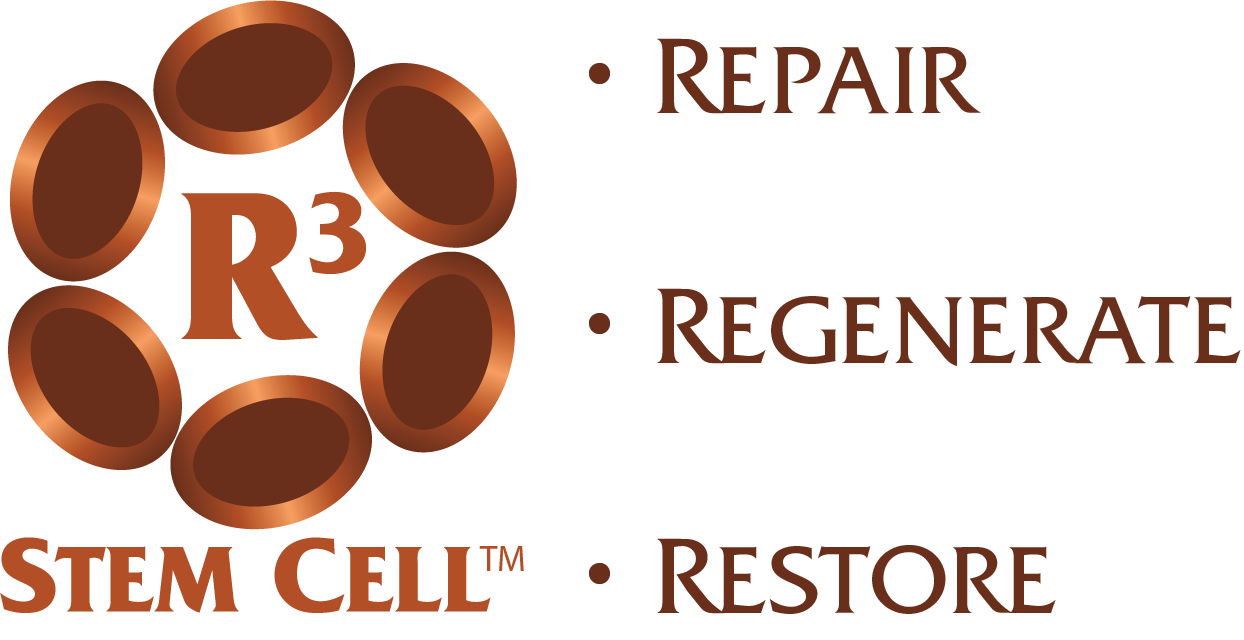Injections with 10 Million Stem Cells ONLY $2495! Includes Our One Year Therapy Commitment.
Amniotic Cell Therapy

What is stem cell therapy with amniotic tissue?
Amniotic tissue contains a plethora of regenerative cells. The tissue consists of some of the placenta as well. The tissue has proven to be a very powerful, safe allograft therapy for a wide range of conditions.
Therapy with amniotic tissue has been shown to reduce inflammation, promote new vascularity and act as a significant free radical scavenger. In addition, the variety of cells in amniotic tissue promote repair and regeneration of damaged tissue.
Where does it come from?
Amniotic material comes from consenting, live donors after a scheduled c-section. No babies or mothers are harmed, and the FDA regulates the entire process.
The mothers are consented and screened beforehand, and often compensated as well. The tissue is transported in a sterile manner to the FDA Certified lab for immediate processing while the cells are live.
What’s in it?
Amniotic fluid and the inner layer of the placenta are a tremendous source of regenerative cells. This includes multipotent stem cells, growth factors, cytokines, chemokines, microRNA, and others.
These cells work together as a “team” to promote regeneration and repair of damaged tissue. Also they work with one’s own body cells to facilitate a potentiation of cellular activity and repair.
How is it regulated by the FDA?
The FDA regulates biologics in their own lane. Whereas drugs go through a clinical trial and receive FDA Approval (or denial), biologics are simply regulated very strictly by a large code of federal regulations called Part 1271.
Amniotic tissue is regulated by the FDA as an allograft that is minimally manipulated. This means it is not allowed to be cultured to expand cell counts or have significant enzymes or additives placed in it.
How is it administered?
R3 Stem Cell Centers of Excellence perform amniotic cell procedures either through injection, IV infusion, intranasal or nebulizer procedures. The actual method of administration depends on which condition(s) the patient has. R3 Stem Cell has over fifteen different protocols available to our Centers.
R3 Stem Cell Centers of Excellence have performed over 10,000 successful regenerative procedures in the past five years. In that time, R3 has received IRB Approval on four stem cell procedure options.
These include the following:
- Amniotic Cell Injections
- Amniotic Cell Intranasal Procedure
- Amniotic Cell Intravenous Procedure
- Amniotic Cell Nebulizer Procedure
With regards to how each patient’s procedure will be performed, it depends on the condition(s) the individual has along with the severity. There is not a “one size fits all” procedure at the R3 Centers, which is a significant shortcoming at most other places. Most regenerative Centers in the US do NOT have the knowledge base or experience to understand what will work best for most patients.
What are the risks?
Amniotic cell tissue represents an extremely safe option for regenerative procedures. To date, R3’s Centers have not seen any deep infections, allergic reactions, or rejections.
There are extensive quality assurance processes in place from start to finish, as the FDA requires checks for diseases as well as removal of any DNA factors. Therefore, the material is immunologically privileged and no one rejects it at all.
Is there any insurance coverage?
Currently, there is no insurance coverage for amniotic cell procedures. While all R3 Stem Cell Centers offer a free consultation, the biologic is not currently covered Medicare or any commercial carriers. This is common with new technology, even if it works great!
What does amniotic cell therapy cost?
Stem cell therapy is an investment and should be looked at that way. People invest in their cars and homes frequently, but how many bodies does each person get in a lifetime?
Each R3 Stem Cell Center of Excellence offers a free initial consultation so patients can be fully evaluated and understand the available options.
Stem Cell Therapy at R3’s Centers begins at $3500 and ranges upwards of $13,000. Why such a broad range? The reason is that there is a huge difference between what patients may need. For instance, a joint injection will be on the lower end, while a patient with endstage organ failure may need several procedures with a considerable cell count.
What makes stem cell therapy at R3 different than other places?
This is a very important question. Most Centers that offer stem cell therapy in the US truly have no idea of what the best biologics are, or the best protocols to use depending on each condition. They haven’t performed 11,000 procedures nationwide!
R3’s Centers offer biologics that have a huge amount of cell activity, with verifiable third party cell counts. In addition, R3 has over 17 different protocols to optimize the outcomes for many conditions.
Stem cell therapy at R3 involves a Program, not just a procedure. Each procedure comes with a supplement regimen to assist the biologic activity and Boost it. In addition, most centers bring patients back regularly for Cell Activation procedures such as laser, infrared, light or acupuncture to boost the cellular activation.


